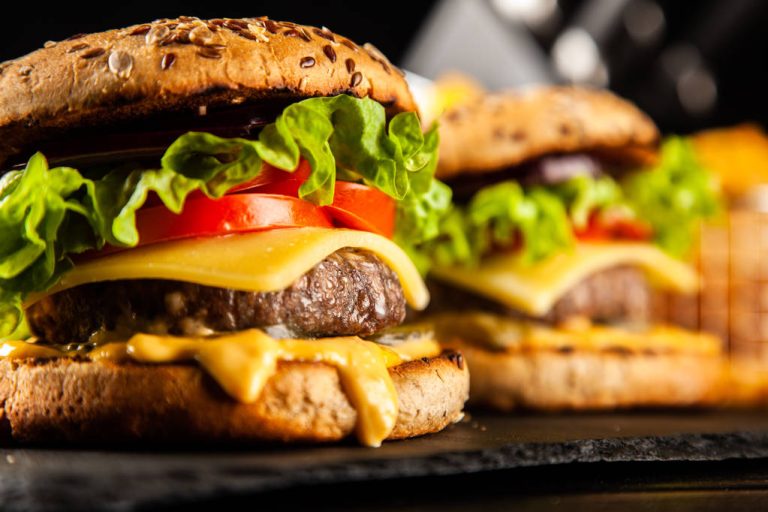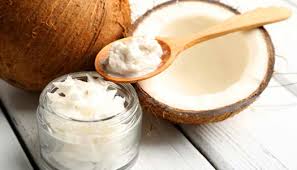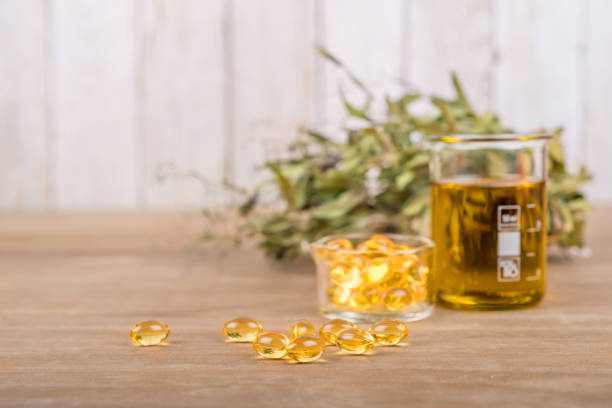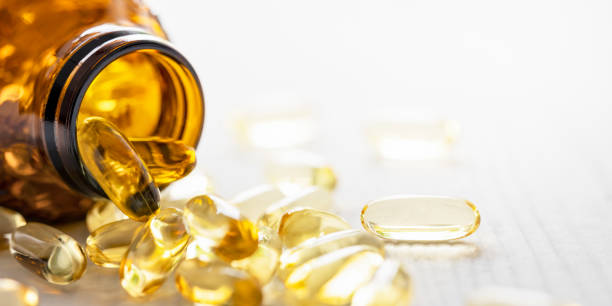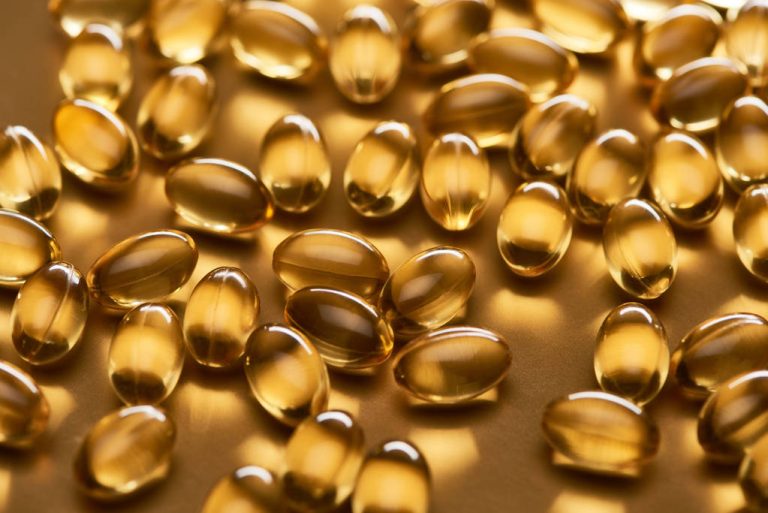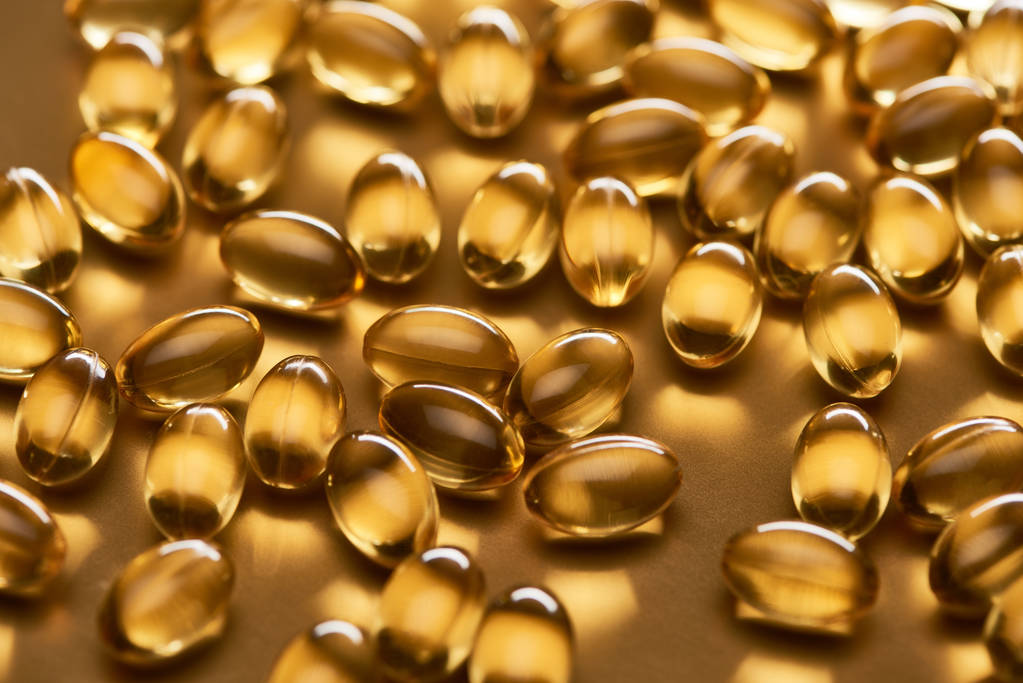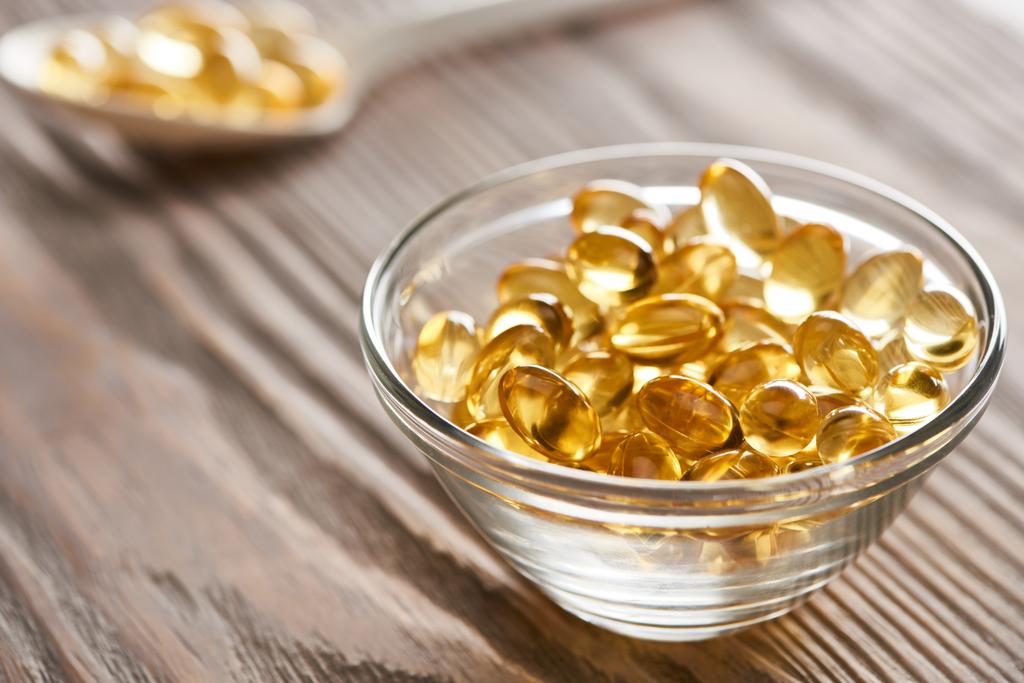Fatty liver is often triggered by a combination of causes. On the one hand due to the wrong diet and too little exercise, but on the other hand also due to epigenetic factors. Here’s what you can do to reduce heart disease and cancer from fatty liver.

Fatty Liver: The most common liver disease
No, Ali Canbay doesn’t want to scare anyone, but he does want to shake them up. After all, it is a threatening scenario: If someone is overweight and also has diabetes, then there is a high probability that they also suffer from fatty liver, says the professor. According to the German Liver Aid, non-alcoholic fatty liver is already the most common liver finding in this country, i.e. the most common liver disease – and also a kind of “accelerator” for other chronic liver diseases.
Fatty liver leads to coronary artery disease
But that’s not all: If you have a fatty liver, you will also get coronary heart disease in a few decades, warns Canbay, director of the clinic for gastroenterology, hepatology and infectiology at the University Hospital Magdeburg. Because the liver is a power machine for the entire body. And if this power machine no longer works properly due to obesity, substances would be released that attack the coronary arteries. Conclusion: Canbay warns that if you suffer from fatty liver and do nothing about it, you are more likely to develop heart disease or even a heart attack.
Genetic factors in the development of fatty liver
Researchers from the German Center for Diabetes Research e. V. (DZD) have discovered new genes that play a role in the development of fatty liver. In both humans and mice, these genes ensure the production of regulatory proteins that counteract fat accumulation in the liver. However, if there is a genetic change, fewer of these proteins are produced.
Studies confirmed that the livers of patients and mice with non-alcoholic fatty liver have far lower levels of the protein. In the mouse, these are the proteins IFGGA2 and IFGGA4. In humans, the protein is called IRGM (immunity-related GTPase M = immunity-related protein of the GTPase family M), which increases a certain form of fat breakdown and thus counteracts the development of fatty liver.
“Our work has identified other important genes that cause fatty liver disease. In addition, the study results deepen our understanding of which cellular processes must be stimulated to counteract fatty liver,” summarizes Professor Annette Schürmann, head of the Experimental Diabetology department at the German Institute for Nutrition Research Potsdam Brücke and spokeswoman for the DZD.
Healthy diet and exercise as a solution to fatty liver
The disease is often not triggered by excessive alcohol consumption or fatty food, as was previously assumed, but by a lack of exercise and an associated excessive body weight. professor dr Michael P. Manns, CEO of the German Liver Foundation, says that the causes of fatty liver usually occur in combination. It is a well-known fact that poor nutrition and lack of exercise often lead to obesity, which, according to the expert, is also one of the triggering factors.
Losing weight reduces liver fat and fibrosis
Since the drug treatment of fatty liver is still difficult because various drugs are still being developed, according to Professor Manns, weight loss is at least one effective method. Because: A “reduction in body weight always leads to a reduction in liver fat and fibrosis,” says Professor Manns.
The fact that there is a direct connection between liver health and body weight or physical activity is being confirmed in more and more study results. In many cases, a weight loss of just ten percent causes the regression of non-alcoholic fatty liver and an improvement in liver fibrosis.
Fatty liver as a basis for liver cirrhosis and liver cancer
In a recent article in the journal, researchers Norbert Stefan, Hans-Ulrich Häring and Kenneth Cusi point out the need for new treatment methods. Because personalized therapies and the combination of different treatment options would offer the best chances of recovery in the future.
It is well known that drinking too much alcohol is harmful to the liver. Anyone who drinks may set a fateful cascade in motion: the liver becomes fatty, later it becomes inflamed, then the connective tissue multiplies (fibrosis), and finally cirrhosis of the liver occurs, the scarred remodeling of the organ that performs its numerous vital tasks in human metabolism consequently can no longer fulfil. In a small percentage it even develops into liver cell cancer.
So much for the possible processes in the event of excessive alcohol consumption. But the chain reaction can also take place without alcohol. For example, if someone is overweight – and as is well known, overweight has increased sharply worldwide in recent decades.
endless suffering of the liver
A fatty liver usually causes hardly any symptoms. At best, feelings of pressure in the upper right abdomen, tiredness and concentration problems are mentioned by the German Liver Aid as possible symptoms. A “non-alcoholic fatty liver” (NAFL) is therefore often an incidental finding during a health check by the family doctor. But most doctors said it wasn’t that bad. “Fatty liver is much more dangerous than we think,” says the expert.
Together with his team, he has published a publication that states that the function of a fatty liver is already restricted, even if you can’t see anything of it. Unlike alcoholic liver disease, NAFL, as the name suggests, has nothing to do with drinking too much alcohol, but rather with poor diet and lack of exercise. Both factors played a “decisive role” – and are widespread.
Intestinal germs: Interesting for fatty liver research
The development of a fatty liver is extremely complex and depends on various factors. The colonization of the intestine with germs, the so-called microbiome, has also increasingly become the focus of scientific interest in fatty liver. “We know that the microbiome plays a big role,” says Canbay. He recently reported on this at the German Microbiome Days.
It seems that the community of intestinal germs has changed in overweight or fatty liver patients. The ratio between the Firmicutes and Bacteroides bacterial groups is shifted in favor of Firmicutes, which can increase the energy yield from food.
Against fatty liver: exercise and a healthy diet
It is known that Firmicutes could extract many more calories from food than the Bacteroides. The Firmicutes would be fed with carbohydrate-rich food and fast food. One day probiotics may help, or stool transplants, that is, a transfer of “good” bacteria from healthy, lean people to those who suffer from obesity and fatty liver.
Until then, lifestyle changes are the only way to get rid of the fat in the liver. The expert advises more exercise in everyday life and a change in diet with more vegetables and not too much fruit. Because fruit contains fruit sugar (fructose), which is known to promote fatty liver. He recommends his patients a protein-rich, not too fatty diet with few carbohydrates and plenty of salad: “Meat and salad is great,” he says, and “You can eat anything

